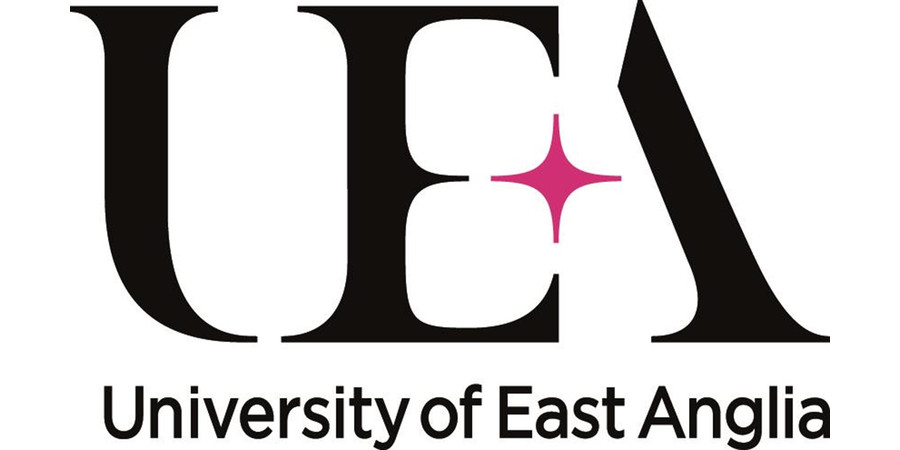PhD Studentship: Forest Carbon Project Exposure to Wildfire: Global Patterns and Evolving Risk Under Climate Change, CASE Project With BeZero Carbon Limited
University of East Anglia - School of Environmental Sciences
| Qualification Type: | PhD |
|---|---|
| Location: | Norwich, University of East Anglia |
| Funding for: | UK Students, EU Students, International Students |
| Funding amount: | £20,780 |
| Hours: | Full Time |
| Placed On: | 16th October 2025 |
|---|---|
| Closes: | 7th January 2026 |
| Reference: | VAUGHAN_UEA_ARIES26_CASE |
Primary supervisor - Prof Naomi Vaughan
Carbon dioxide removal (CDR) is used in all future emission scenarios to achieve the goals of the Paris Agreement and is relied upon in most national climate policies to achieve net zero by 2050. CDR is used at net zero to offset emissions from difficult-to-decarbonise sectors such as aviation, agriculture and heavy industry. Any temporary overshoot of a specific global temperature target, this century, can only be achieved through global net negative emissions, where CDR removes more CO2 from the atmosphere than all human activity is emitting. Today, CDR removes 2.2 GtCO2 each year, but in more sustainable future scenarios this rises to 8 GtCO2 a year by 2050.
Most carbon projects focus on forest expansion via afforestation and reforestation, and most national climate plans rely on more forest projects in coming decades. However, their effectiveness is constrained by several challenges, including land availability (competition with food production, biodiversity), ensuring additionality, loss to disturbance (e.g., human, windstorms, pests and disease). Forest carbon projects use buffer pools (i.e. an extra 10-20% area) as an insurance against losses. A critical, yet vastly under-studied, limitation lies in forest carbon project exposure to current and future wildfires.
Wildfire disturbance poses a significant threat to the permanence and long-term carbon sequestration potential of forest-based carbon projects. Despite this, very little is known about current or future potential of wildfires to cause disturbance in forest-based carbon projects. This knowledge gap is exacerbated by the lack of comprehensive global datasets mapping the location and boundaries of existing, planned, and potential carbon projects. This project is a critical step towards closing the knowledge gap.
Research methodology
- Compile a comprehensive global database of ongoing and planned carbon project boundaries. This will build on the dataset of ~3,000 global projects already compiled by CASE partner, BeZero Carbon Ltd.
- Evaluate the effects of wildfire on carbon projects since 2000 using observations from the Global Fire Atlas.
- Evaluate the net benefit of carbon projects over their commitment periods by accounting for ecosystem recovery after fire.
- Use projections of future fire extent to predict the future change in the exposure of carbon projects to fire at future global warming levels of 1.5 - 4.0 °C.
- Use the results to from (3) to form prototype estimates of the buffer pool sizes required to insure against future fire risk in carbon projects, tailored to regions.
Person specification
We are looking for an enthusiastic individual with a degree in a quantitative discipline. Experience of geospatial analysis (with GIS) is essential and programming with code (e.g. R, Python) would be advantageous.
Entry requirements
At least UK equivalence Bachelors (Honours) 2:1. English Language requirement (Faculty of Science equivalent: IELTS 6.5 overall, 6 in each category).
Acceptable first degree: A degree in numerate, computational, or environmental subject areas.
Numerate Subject Areas include e.g.: Mathematics, Statistics, Physics, Economics, Finance, Engineering (Mechanical, Electrical, Civil, etc.)
Mode of study
Full or part time
Start date
1 October 2026
Advert information
Type / Role:
Subject Area(s):
Location(s):









